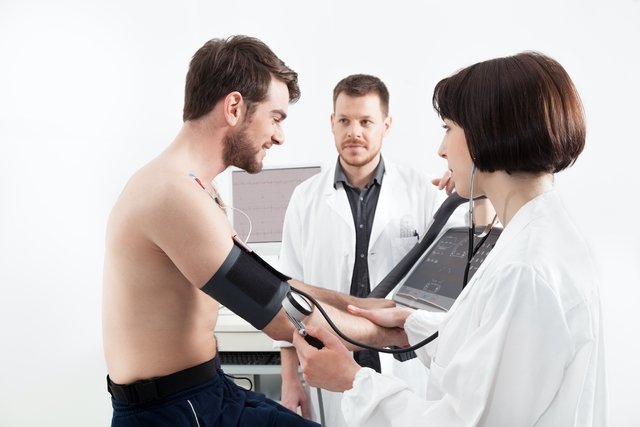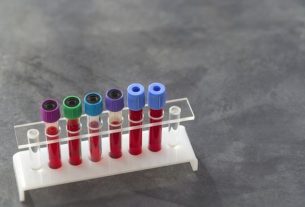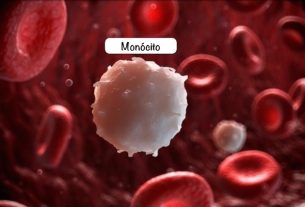The exercise test, also known as stress test or treadmill test, is an exam requested by the cardiologist to evaluate the functioning of the heart during physical effort, and is normally indicated to detect heart problems, such as ischemia or arrhythmias, for example.
The exercise test can be performed on a treadmill or exercise bike, allowing speed and effort to be increased gradually, depending on each person’s ability.
Thus, this exam imitates moments of effort during everyday life, such as climbing stairs or a hill, for example, which are situations that can cause discomfort or shortness of breath in people at risk of cardiovascular diseases.

What is it for
The exercise test is an exam that serves to evaluate cardiac and respiratory capacity, and is normally requested by a general practitioner or cardiologist in some situations such as:
- Initial assessment or detection of coronary artery disease;
- Suspicion of poor heart circulation diseases, such as angina or pre-infarction;
- Investigation of chest pain, due to heart attack, arrhythmias or heart murmur;
- Observation of changes in pressure during exertion, in the investigation of arterial hypertension;
- Detection of cardiac arrhythmias during exertion;
- Assessment of the cardiac capacity and respiratory condition of athletes;
- Assessment of the heart for physical activity;
- Detection of changes caused by heart murmurs and defects in its valves;
- Diagnosis of heart diseases, such as myocardial ischemia;
- Detection of hemodynamic disorders.
In this way, the general practitioner or cardiologist can request an exercise test when the person has cardiac symptoms such as chest pain on exertion, some types of dizziness, palpitations or high blood pressure spikes, in order to help find the cause.
In addition, the exercise test allows the doctor to evaluate the person’s response to drug treatments for cardiovascular diseases, symptoms or tolerance to exertion.
How is done
To carry out the exercise test, 11 electrodes are connected to the chest and a device to measure pressure in the arm, and then the person must walk or run on the treadmill, or pedal an exercise bike, for around 20 minutes, with the speed being controlled and is gradually increased by the doctor.
The signals sent by the electrodes are evaluated by the doctor on the computer, allowing changes in rhythm or heart rate to be detected, in addition to variations in blood pressure during physical exertion.
How to prepare for the test
To carry out the exercise test, certain precautions must be taken, such as:
- Do not exercise 24 hours before taking the test;
- Sleep well the night before the test;
- Do not fast for the exam;
- Eat easily digestible foods, such as yogurt, apples or rice, 2 hours before the test;
- Wear comfortable clothing for exercise and sneakers;
- Do not smoke 2 hours before and 1 hour after the exam;
- Avoid drinking caffeinated drinks, such as coffee, black tea or green tea, 2 hours before the exam;
- Take a list of the medicines that are used.
Furthermore, you should avoid applying creams, moisturizers or ointments to the chest area before the exam.
In some cases, it may be necessary to shave the chest area with a razor before the test, so that the electrodes are well adhered to the skin.
How to understand the result
The result of the exercise test is interpreted by the cardiologist considering the person’s clinical history and the examination report which includes variations in heart rate and blood pressure during the test, in addition to the electrocardiographic tracing, oxygen consumption, and signs and symptoms. warning symptoms of cardiorespiratory changes.
If the exercise test shows that there are no changes in cardiac function, the doctor should possibly not request additional tests. However, if even with a normal result, the person continues to present symptoms, the doctor may recommend other complementary tests to investigate the heart, such as myocardial scintigraphy or stress echocardiography. Find out what other tests are available to evaluate the heart.
Furthermore, in some cases, the doctor may recommend the use of medicines to improve blood flow in the heart.
However, if changes are found in the test, which indicate coronary artery disease or arrhythmias, the doctor may begin treatment and also recommend a cardiac catheterization.
When it should not be done
The exercise test should not be carried out by patients who have physical limitations, such as the inability to walk or cycle, or who have an acute illness, such as an infection, which can alter the person’s physical capacity.
Furthermore, due to the increased risk of cardiac complications, exercise stress testing should not be performed in the following situations:
- Suspected acute myocardial infarction;
- Unstable angina pectoris;
- Uncontrolled cardiac arrhythmias;
- Severe aortic narrowing with symptoms;
- Decompensated heart failure;
- Acute pulmonary embolism or pulmonary infarction;
- Myocarditis and pericarditis;
- Acute aortic dissection.
Furthermore, this exam should be avoided during pregnancy, as, although physical exercise can be done during this period, episodes of shortness of breath or nausea may occur during the exam.
It is important that the exercise test is always recommended by a doctor, after initial assessment of the symptoms presented or as a form of check-up or monitoring for people at risk of cardiovascular diseases or who wish to start or practice physical activities.
Possible complications during the test
Some complications may arise during the exercise test, such as a sudden drop in blood pressure after exercise, dizziness or fainting.
Furthermore, although they are rare, arrhythmias can also occur, which generally disappear after exertion, heart attack or even cardiorespiratory arrest.
Therefore, the exercise test must be carried out by a cardiologist, in specialized clinics or hospitals, which have equipment for medical emergencies and immediate care if any complication occurs.

Sign up for our newsletter and stay up to date with exclusive news
that can transform your routine!
Warning: Undefined array key "title" in /home/storelat/public_html/wp-content/plugins/link-whisper-premium/templates/frontend/related-posts.php on line 12
Warning: Undefined array key "title_tag" in /home/storelat/public_html/wp-content/plugins/link-whisper-premium/templates/frontend/related-posts.php on line 13



